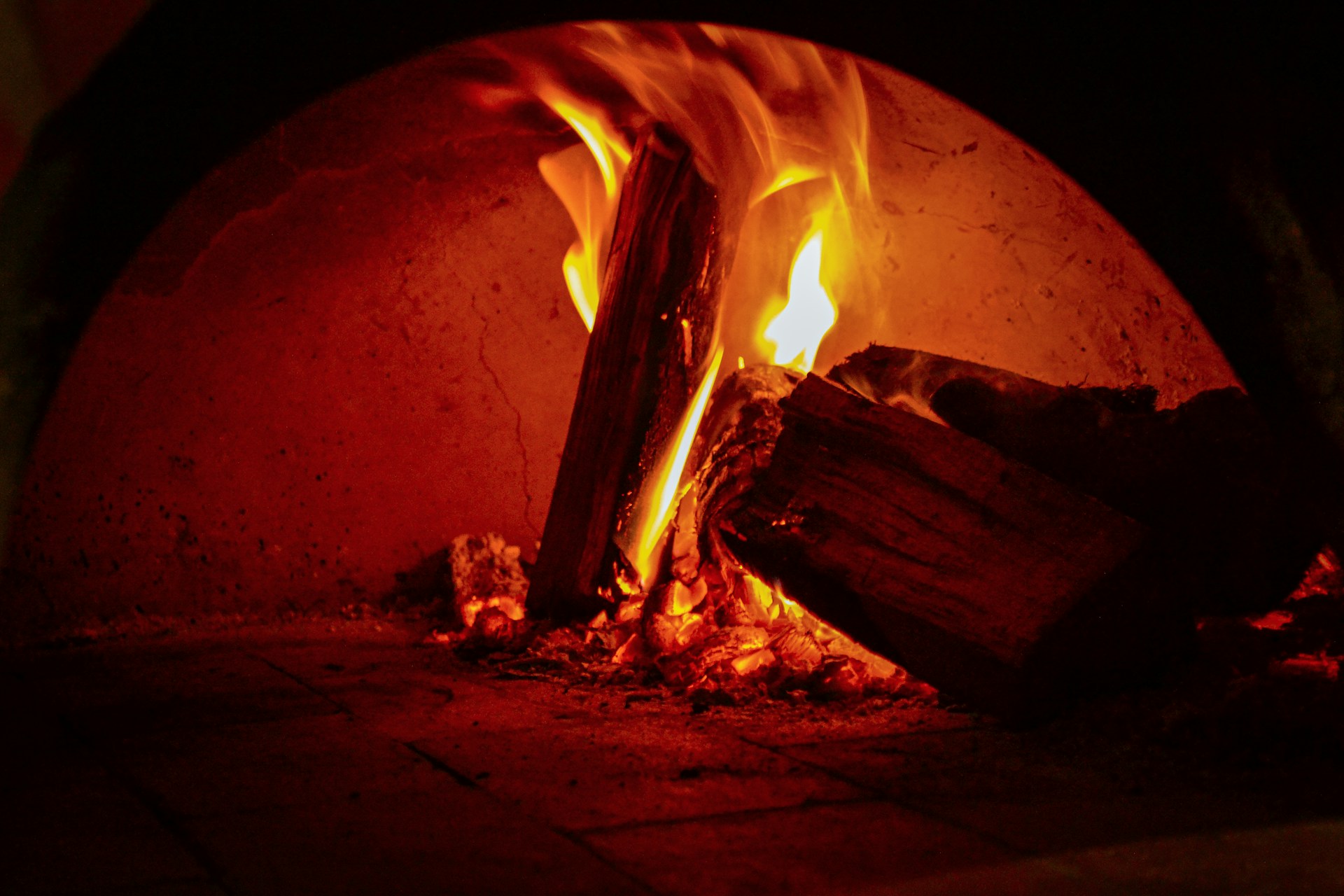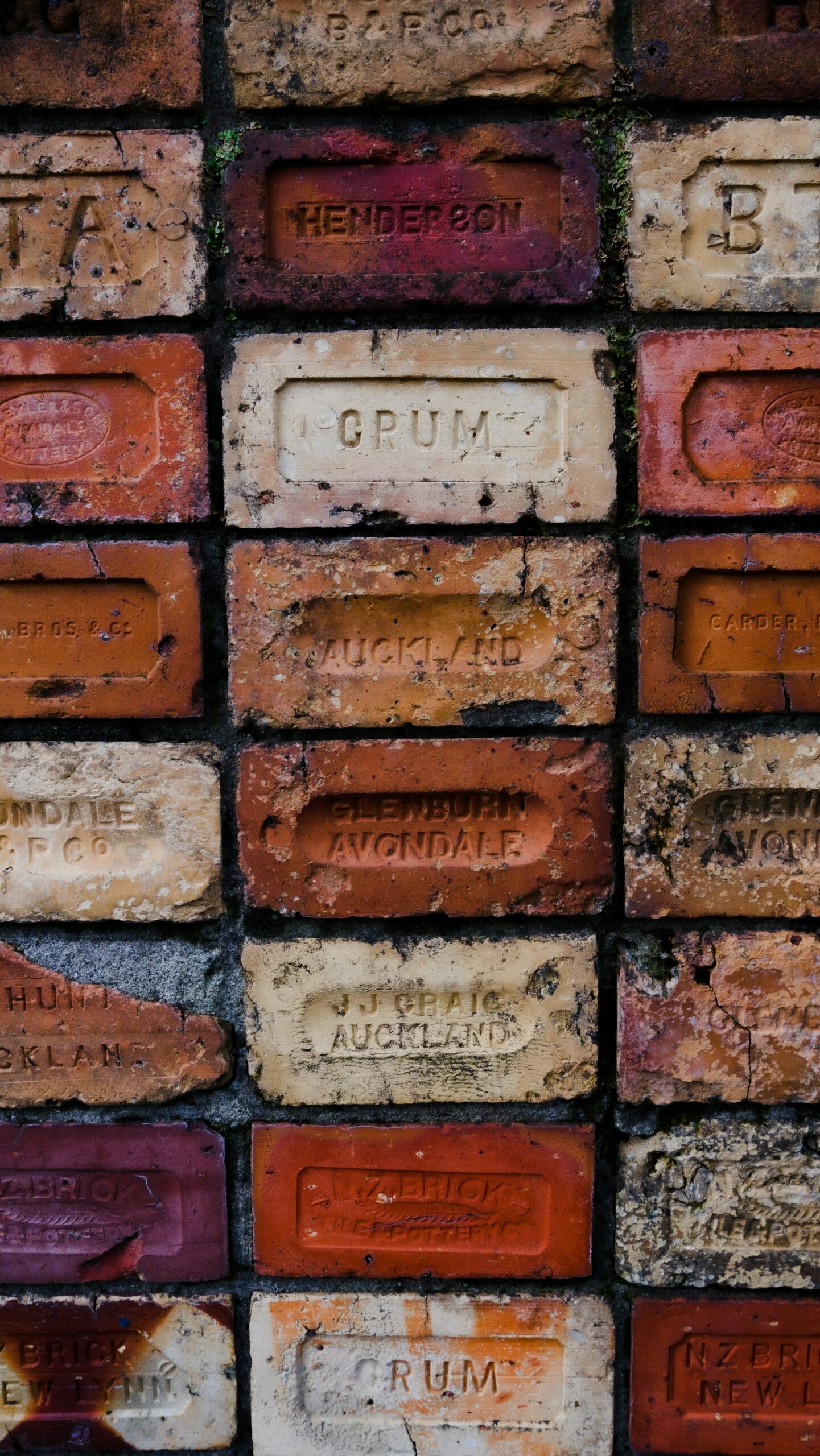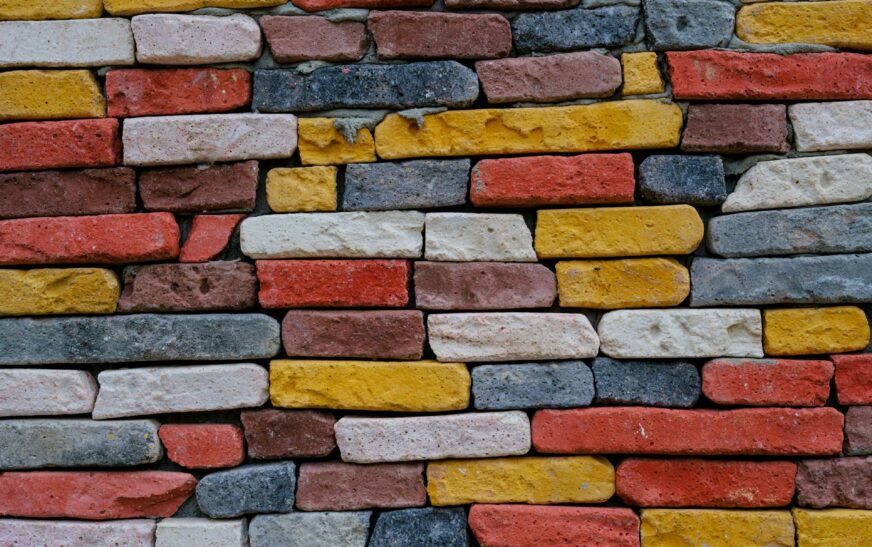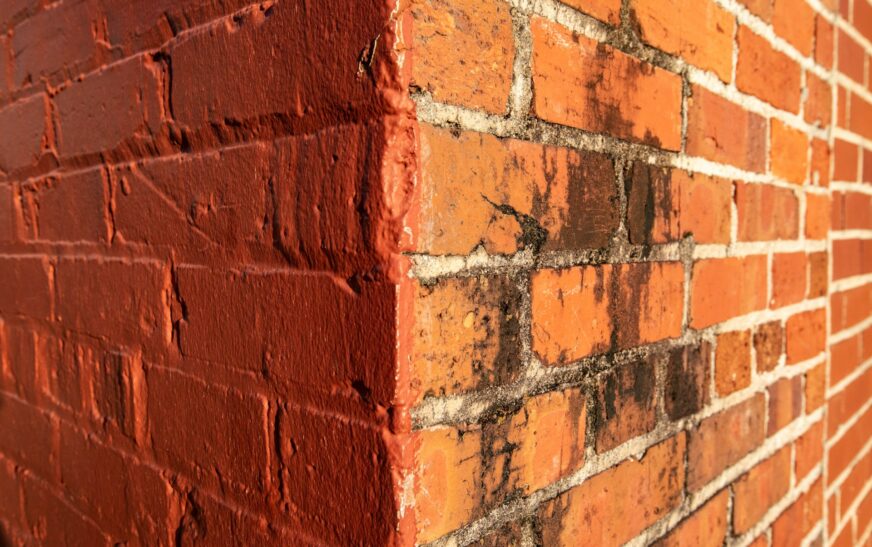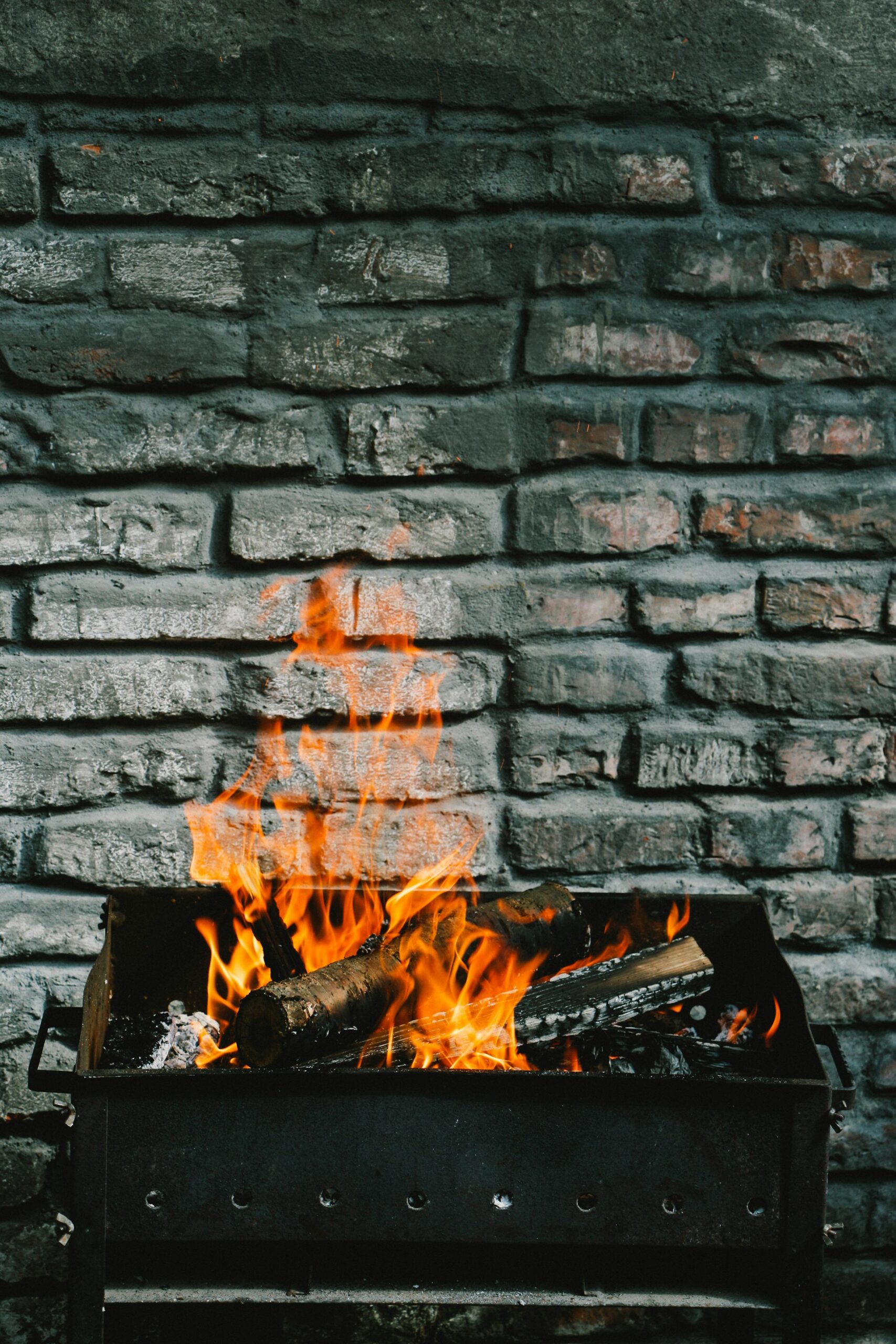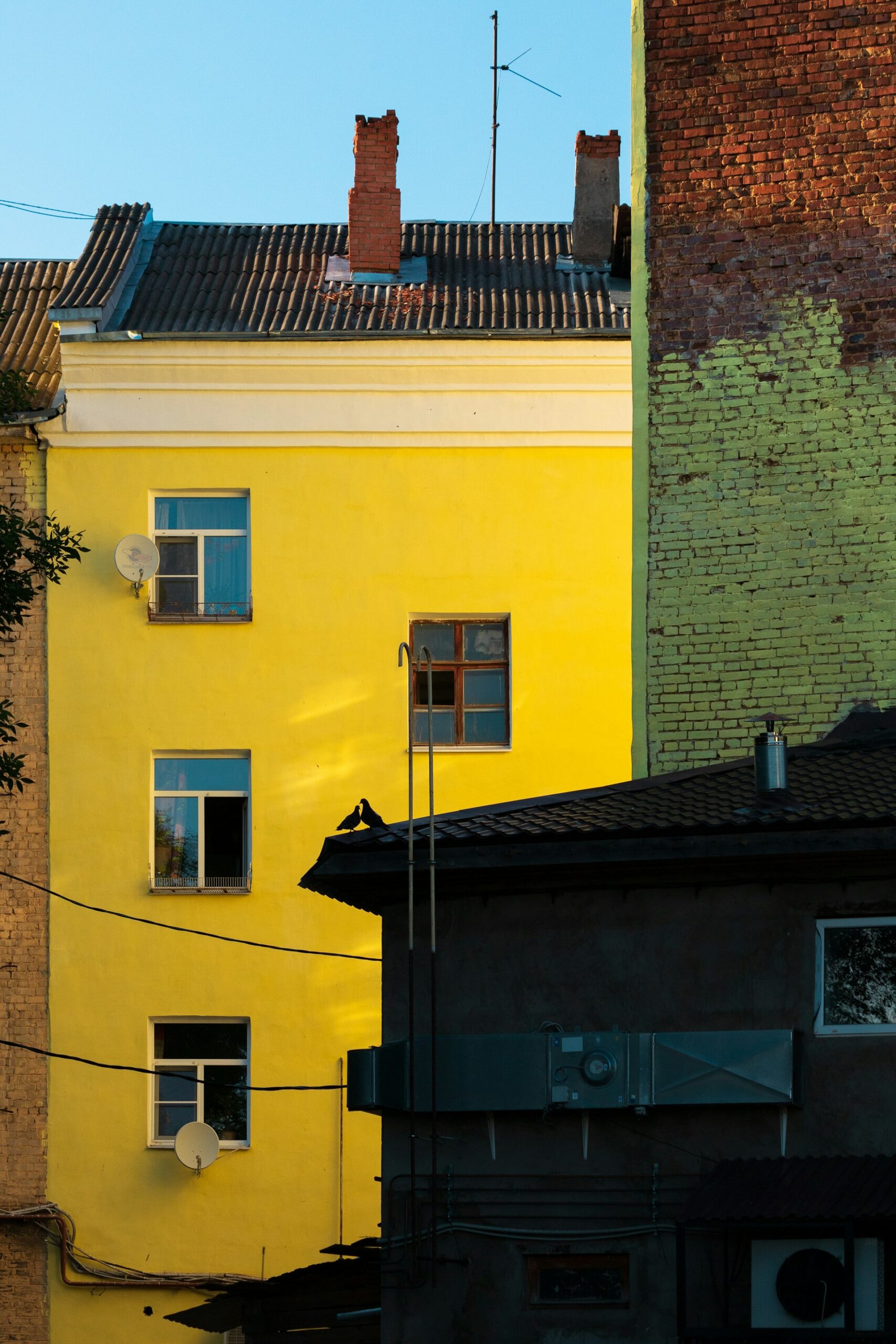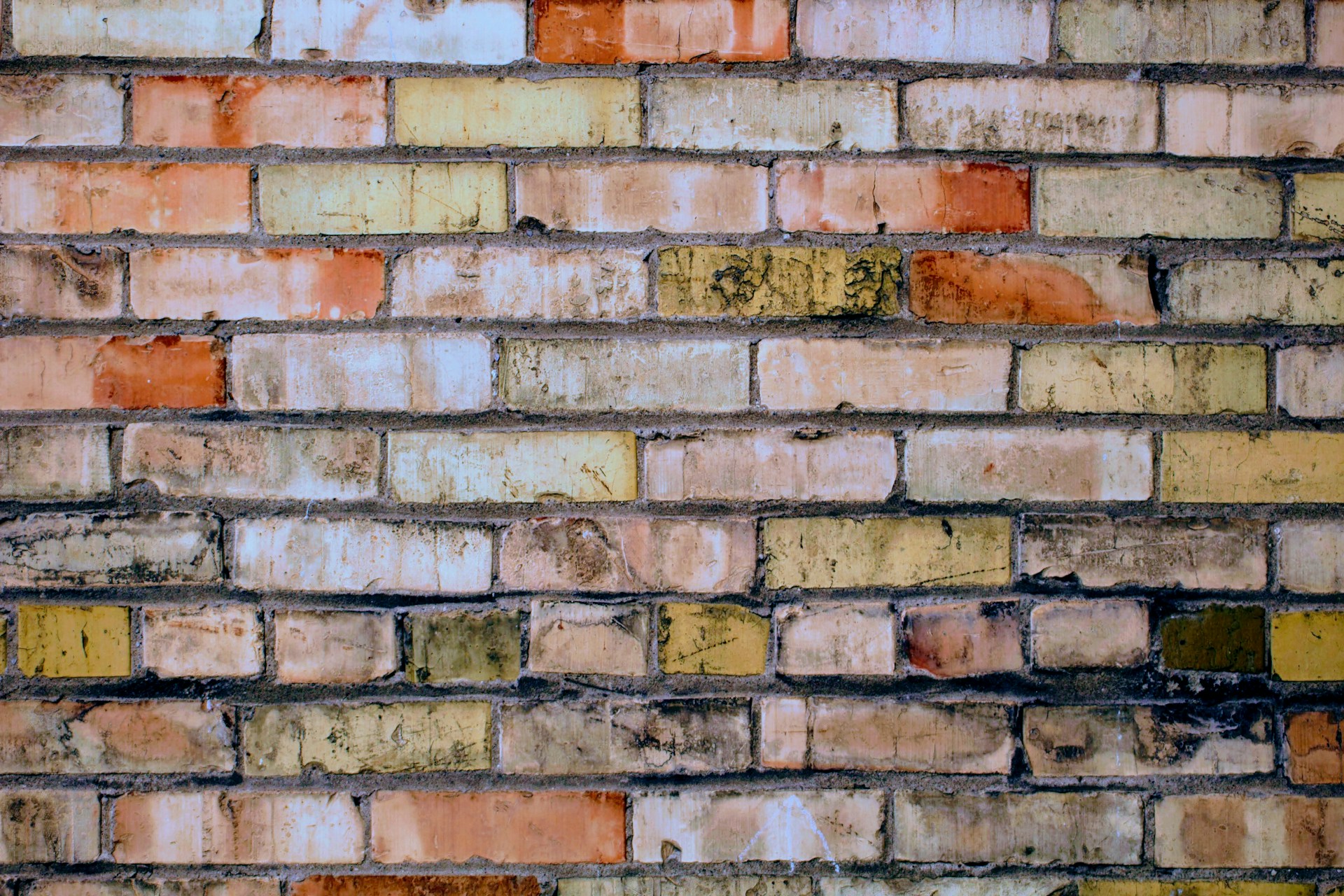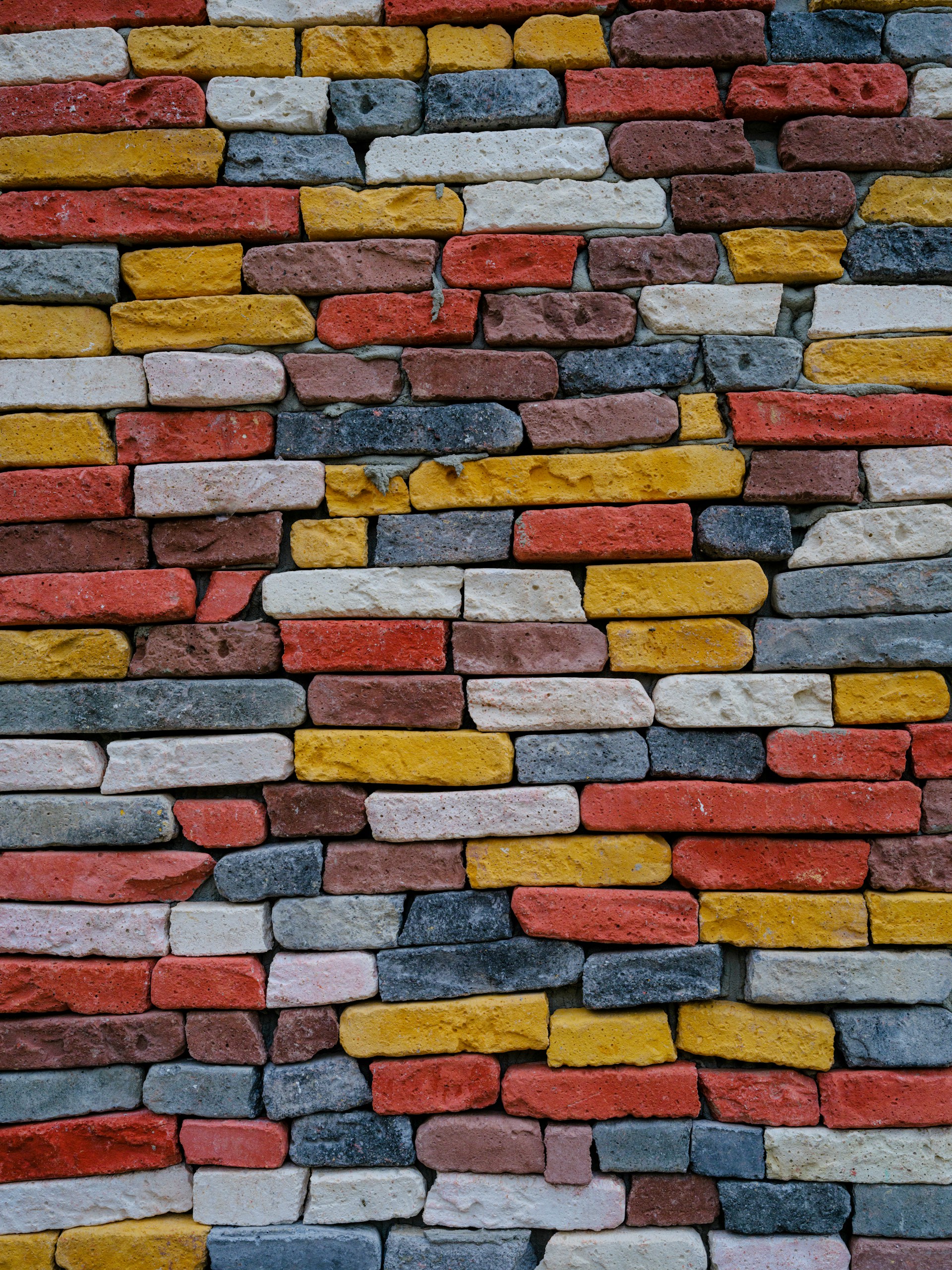Painting brick has become the glow-up move for houses lately. Suddenly that tired, orange-y brick from the ’70s is showing up on Instagram feeds as sleek white cottages and bold charcoal modern homes. But then you hear the whispers: “Wait… isn’t painting brick bad?”
The answer? It depends. Sometimes it’s a win, sometimes it’s a disaster, and sometimes it’s just a lifelong commitment you didn’t realize you were signing up for.
Why People Love Painted Brick
We get it—it looks amazing. A fresh coat of white, gray, or dramatic black paint can take your façade from “meh” to “wow” overnight.
- Curb appeal? Through the roof.
- Resale envy from your neighbors? Definitely.
- Chance of regret? Also… through the roof.
Because here’s the kicker: once you paint brick, there’s no going back (at least not completely).
The Downside: Where Painted Brick Goes Wrong
Painted brick doesn’t usually fail in a dramatic, overnight meltdown. Instead, the problems creep in slowly—like that squeaky car noise you keep ignoring.
- Moisture drama. Brick is porous. It absorbs water, then dries out. But paint acts like a raincoat that never comes off. If water gets in through cracks or mortar, it has nowhere to go, which can lead to bubbling, peeling, mold, or even flaking brick (that’s “spalling” in fancy contractor-speak).
- High-maintenance vibes. Bare brick ages gracefully. Painted brick? More like milk. It fades, peels, shows dirt, and demands regular touch-ups or repainting.
- It’s basically forever. Removing paint from brick is like trying to erase a tattoo with a pencil eraser. Even sandblasting or chemical stripping leaves scars. Think of it like cutting bangs—you can’t just undo it overnight.
When Painting Brick Actually Makes Sense
It’s not all doom and gloom. Painting brick can be beautiful and practical if you play by the rules:
- Your brick is solid (no cracks, no crumbling).
- You live in a dry, low-humidity climate.
- You use high-quality, breathable masonry paint (not the bargain-bin stuff).
- You prep properly—cleaning, priming, sealing, the whole nine yards.
That’s why painted brick thrives in, say, Arizona… but tends to flake and fail in rainy or freeze-thaw-heavy climates.
Read More : How Long Does Paint Last on Brick? | A Deep Dive into Durability and Longevity
Alternatives If You’re On the Fence
Want that fresh new look but not ready for a forever commitment? Try one of these:
- Brick staining – changes the color while letting the brick breathe.
- Limewash – gives a soft, weathered patina that still allows airflow.
- German smear (mortar wash) – adds texture and charm without fully sealing the brick.
These approaches give you design flexibility without locking you into the high-maintenance life of fully painted brick.


